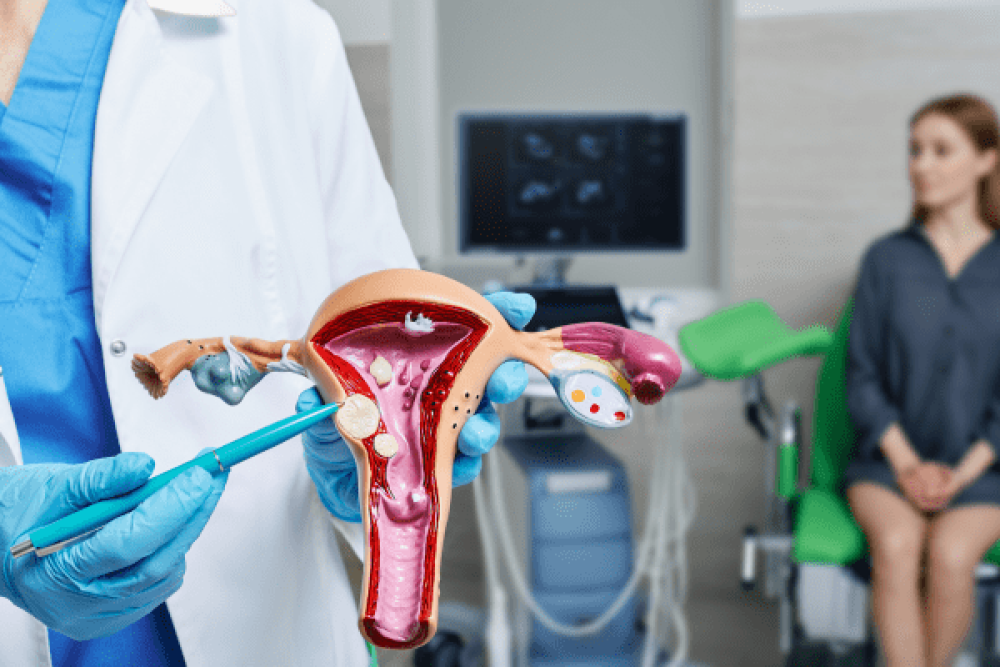Uterine Fibroids—Beyond Surgery: The Role of Mifepristone in Medical Management
Uterine Fibroids—Beyond Surgery: The Role of Mifepristone in Medical Management

Uterine fibroids (leiomyomas) are the most common benign tumors in women, with a lifetime incidence up to 70%. While hysterectomy has long been the definitive cure, medical therapies are increasingly helping women avoid surgery.
Understanding Fibroid-Related Symptoms
-
Heavy Menstrual Bleeding: Can lead to anemia and fatigue.
-
Bulk Symptoms: Pelvic pressure, urinary frequency, and constipation.
-
Reproductive Impact: Subfertility or pregnancy complications.
Why Medical Therapy Matters
-
Uterine Preservation: Maintains fertility and hormonal function.
-
Quality of Life: Reduces bleeding and bulk symptoms without hospitalization.
Mifepristone (Mifestone-25®) in Focus
-
Mechanism: Acts as a selective progesterone receptor modulator, inducing fibroid shrinkage and decreasing extracellular matrix.
-
Clinical Data: Up to 98% of patients report significant volume reduction; hemoglobin levels improve by ~2.8 g/dL on average.
-
Dosing: 25 mg once daily for up to 12 months, monitored with periodic ultrasounds and labs.
Integrating Therapy into Practice
-
Baseline Workup: Ultrasound sizing, CBC, and liver panel.
-
Monitoring: Ultrasound every 3–6 months; adjust duration based on response.
-
Adjunctive Support: Iron supplementation for heavy bleeding.
Patient Story (Case Study)
“After three months on Mifestone-25®, my periods went from 8 days of heavy bleeding to 3 days of light spotting—and my fibroid shrank by over 40%!”
Conclusion & Call to Action
Medical management with Mifestone-25® offers a non-surgical pathway for fibroid relief. Consult your gynecologist to see if SPRM therapy fits your treatment plan.